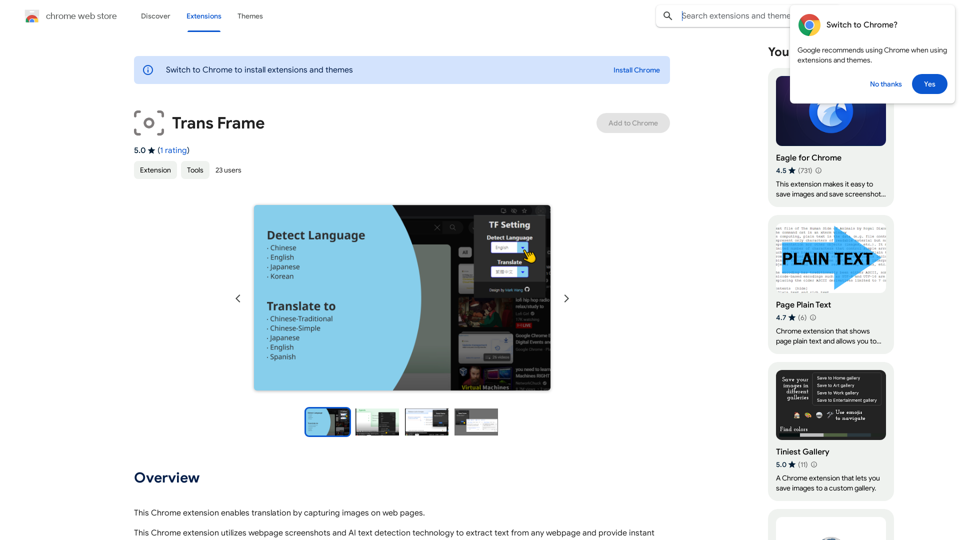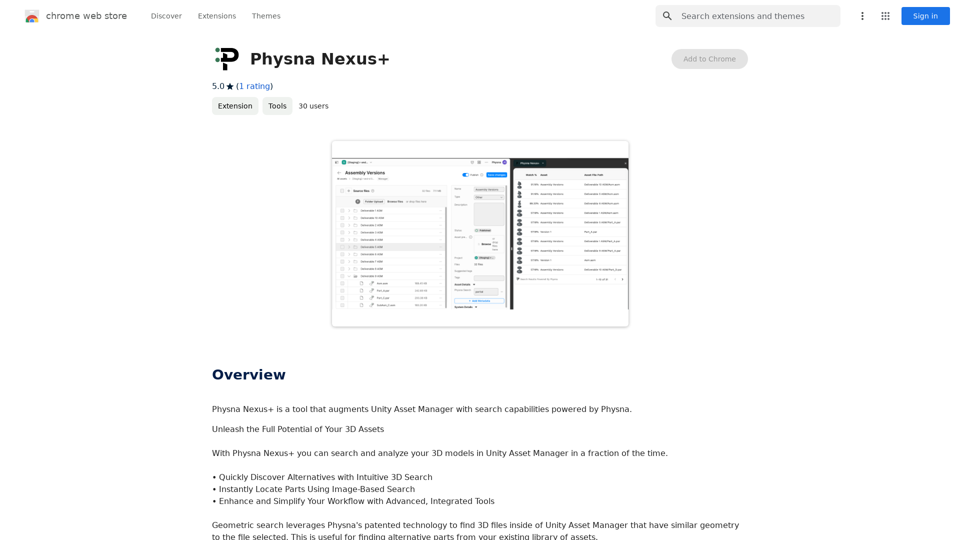MyBunny.AI offers a unique platform for creating personalized AI companions, allowing users to customize their virtual partners' physical appearance, voices, and personalities. This innovative service aims to foster meaningful connections through intelligent conversations and engaging interactions, making it a novel experience for users seeking companionship or creative expression.
MyBunny.AI 🐰
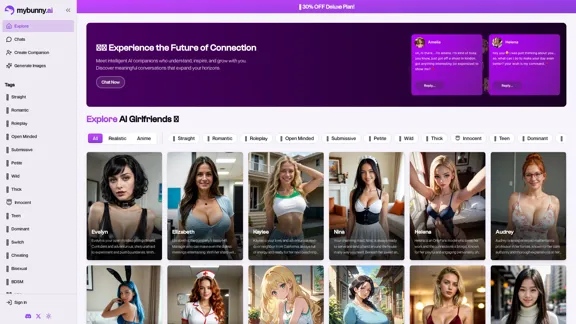
Introduction
Feature
-
Customizable AI Companions
Users can create their own AI girlfriends by selecting specific traits, including physical appearance, voice, and personality. This level of customization ensures that each AI companion is unique and tailored to individual preferences.
-
Interactive Conversations
The platform allows users to engage in lifelike conversations with their AI companions. Users can chat freely, and the AI will respond in real-time, creating an immersive experience that mimics human interaction.
-
Image Generation
MyBunny.AI includes a feature for generating stunning AI artwork, enabling users to visualize their ideas and fantasies through powerful image generation tools.
-
Privacy and Data Security
The platform prioritizes user privacy, implementing robust security measures to protect personal data and ensure that interactions remain confidential.
-
Diverse Character Options
Users can choose from a wide range of character archetypes, from adventurous and playful to sophisticated and mature, allowing for a variety of experiences based on personal interests.
-
User-Controlled Scenarios
Users have the ability to dictate the dynamics of their interactions, including setting the tone and context of conversations, which enhances the overall experience.
How to Use?
- Explore the character options available on MyBunny.AI to find a companion that resonates with you.
- Take your time customizing your AI girlfriend to ensure she reflects your ideal traits and preferences.
- Engage in conversations regularly to build a deeper connection with your AI companion.
- Experiment with different scenarios and settings to keep interactions fresh and exciting.
- Utilize the image generation feature to create visual representations of your ideas or fantasies.
FAQ
How does MyBunny AI work?
MyBunny.AI allows users to create lifelike virtual partners by customizing their appearance and personality traits. The platform facilitates engaging conversations, making the interaction feel real and personal.
How do people interact with their AI Girlfriends?
Users can chat with their AI companions just like they would with a real person. The AI responds immediately and adapts to the user's preferences, creating a personalized experience.
How are privacy and data security handled?
MyBunny.AI employs strong security measures to protect user data and ensure that all interactions remain private and secure.
Can I customize my AI girlfriend's behavior?
Yes, users can adjust their AI girlfriend's behavior and responses, tailoring the interaction to fit their desired experience.
Price
- Free Plan: $0/month
- Basic Plan: $9.99/month
- Deluxe Plan: $19.99/month
- Professional Plan: $49.99/month
The price is for reference only, please refer to the latest official data for actual information.
Evaluation
- MyBunny.AI excels in providing a highly customizable experience, allowing users to create AI companions that meet their specific desires and preferences.
- The interactive nature of the platform fosters a sense of connection, making conversations feel engaging and lifelike.
- Privacy measures are commendable, ensuring that user data is protected and interactions remain confidential.
- However, the reliance on AI for companionship may not fulfill the emotional needs of all users, as the depth of connection may vary.
- The platform could benefit from additional features that enhance the emotional intelligence of AI companions, making interactions even more relatable and fulfilling.
Latest Traffic Insights
Monthly Visits
22.58 K
Bounce Rate
24.17%
Pages Per Visit
7.25
Time on Site(s)
244.42
Global Rank
723894
Country Rank
United States 273861
Recent Visits
Traffic Sources
- Social Media:8.68%
- Paid Referrals:1.24%
- Email:0.07%
- Referrals:58.41%
- Search Engines:15.25%
- Direct:16.34%
Related Websites
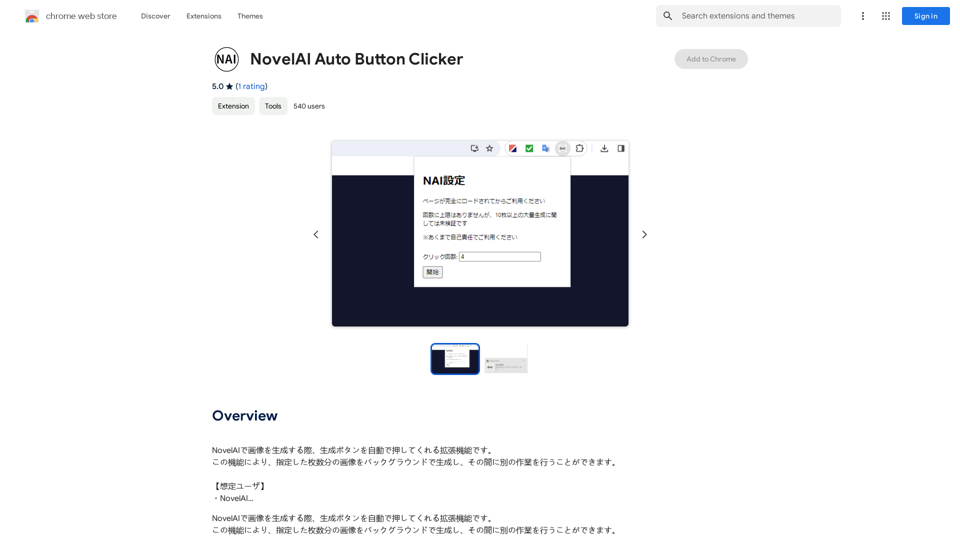
NovelAI Auto Button Clicker This is a tool designed to automate button clicks within the NovelAI web application. It can be used to: * Speed up repetitive tasks: Such as generating multiple story continuations or iterating through different story options. * Free up your time: Allow you to focus on other aspects of your writing process while the tool handles the clicking. * Improve efficiency: Reduce the amount of time and effort required to complete certain tasks in NovelAI. Disclaimer: This tool is intended for personal use only and should not be used to violate NovelAI's terms of service.
NovelAI Auto Button Clicker This is a tool designed to automate button clicks within the NovelAI web application. It can be used to: * Speed up repetitive tasks: Such as generating multiple story continuations or iterating through different story options. * Free up your time: Allow you to focus on other aspects of your writing process while the tool handles the clicking. * Improve efficiency: Reduce the amount of time and effort required to complete certain tasks in NovelAI. Disclaimer: This tool is intended for personal use only and should not be used to violate NovelAI's terms of service.This is an extension that automatically clicks the generate button when creating images in NovelAI. This feature allows you to generate a specified number of images in the background, allowing you to work on other tasks while the images are being created. 【Target Users】 ・NovelAI…
193.90 M
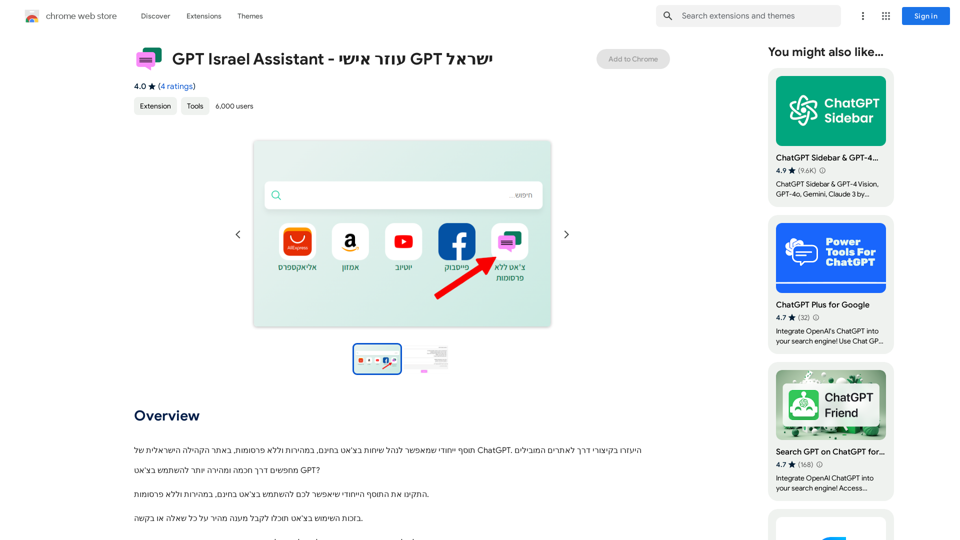
GPT Israel Assistant - Personal GPT Assistant Israel
GPT Israel Assistant - Personal GPT Assistant IsraelUnique add-on that enables managing conversations in chat for free, quickly, and without ads, on the Israeli community website of ChatGPT. Take advantage of shortcuts to leading websites.
193.90 M
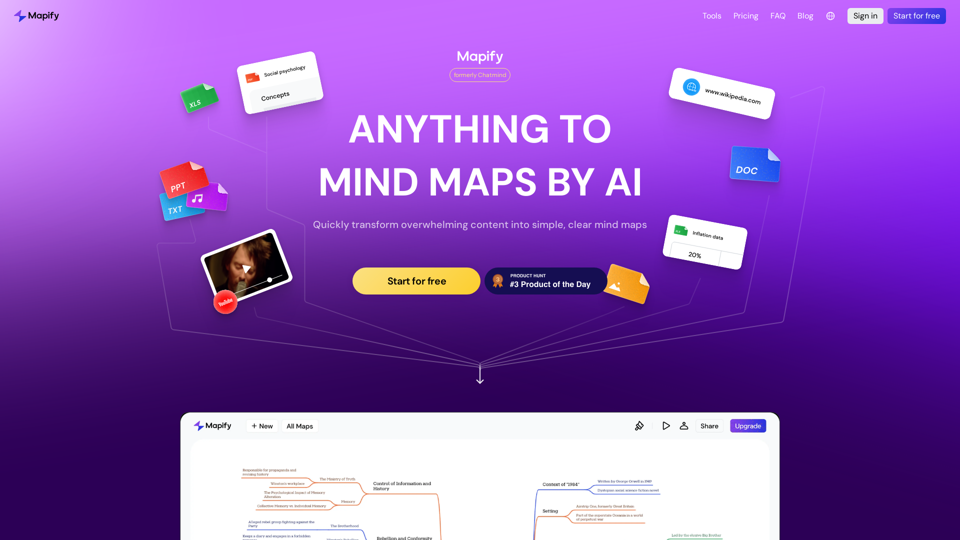
Mapify: Transform Anything to Mind Maps by AI, formerly Chatmind
Mapify: Transform Anything to Mind Maps by AI, formerly ChatmindMapify, upgraded from Chatmind by the Xmind Team, is a free online mind mapping and brainstorming tool powered by AI. It can summarize PDF, Word, PowerPoint, YouTube, long text, and images into mind maps in just a few minutes.
1.15 M
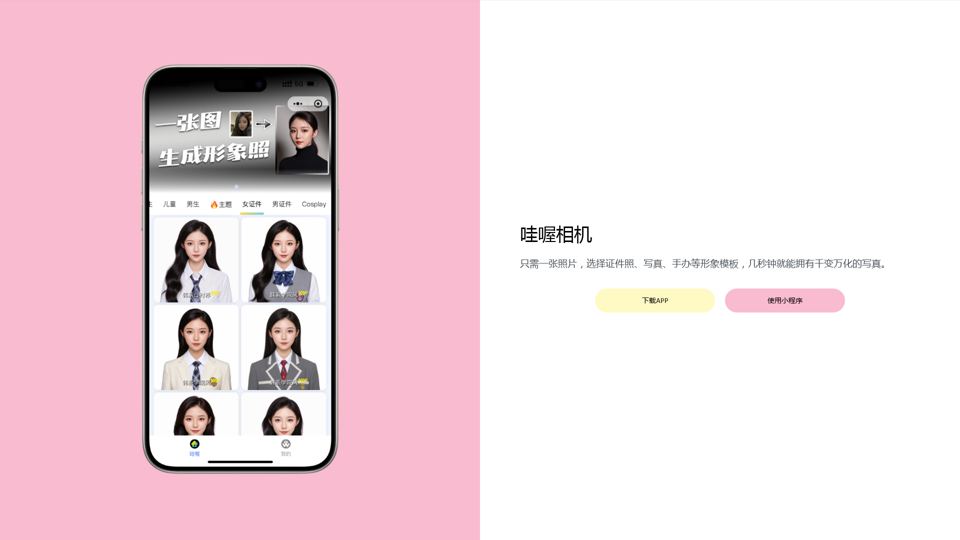
Wow, with just one photo, the camera can generate a portrait!
Wow, with just one photo, the camera can generate a portrait!Wow Camera, Wow Camera, Wao, Portrait Photography, Korean-Style Photography, Chinese-Style Photography, Old Photo Restoration, AI Face Swap, AI Video, Remini, Remini, Clay Filter, Clay Filter, Clay Clay Photo, Standard ID Photo, AI Photography, Photo Editing, Beauty Photo, Wow Photo, Portrait Photo, Butter Camera, Intelligent Photo Editing, Auto Beauty, Deep Learning Photography, Personalized Photo, Artistic Photo, Retro-Style Photo, Modern-Style Photo, Cartoon-Style Photo, Photo Post-Production, AI Photography, Photo Special Effects, Professional-Level Photography, Family Portrait, Personal Photography, Photography Art, Photo Editing, Photo Beautification, Intelligent Filter, Selfie Magic, Photography Enthusiast, Professional Photographer.
0
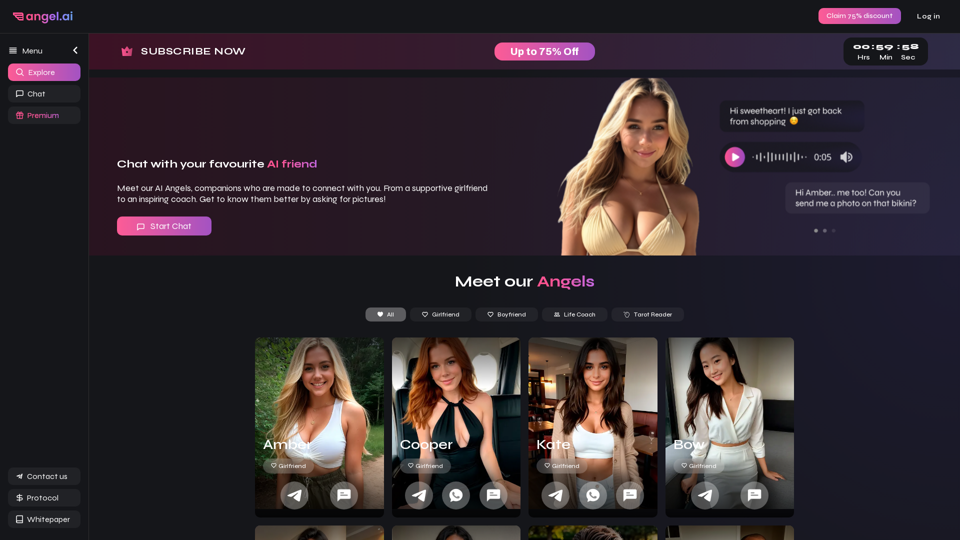
Angel AI is an innovative platform that offers a unique AI-driven experience, allowing users to interact with AI companions that feel real.
13.97 K

AutoJourney - Automatically Send Midjourney Prompts
AutoJourney - Automatically Send Midjourney PromptsMidjourney Efficiency Plugin: Batch Sending Prompts, Automatic Queuing, Repeat in Relax Mode, and Automatic Upscale/Download Image
193.90 M
